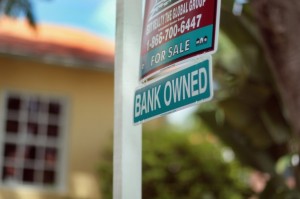‘Nitrogen Crisis’ Is Just a Pretext to Steal Farmers’ Land, Implement Globalist Agenda
While in the Netherlands filming our documentary “No Farmers No Food,” we sat down with Eva Vlaardingerbroek. She explained to us the perilous situation that Dutch farmers have found themselves in, why none of the actions taken by the government seem to make logical sense, as well as what the true goals and motives are behind the push to expropriate the farmers’ land. Like COVID, they create a problem and then require everyone to use their solution. Equal distribution of food, energy, water, ..... is what the government wants to be in a position to do. The first step is to get the land!
More From EPOCH TV:















